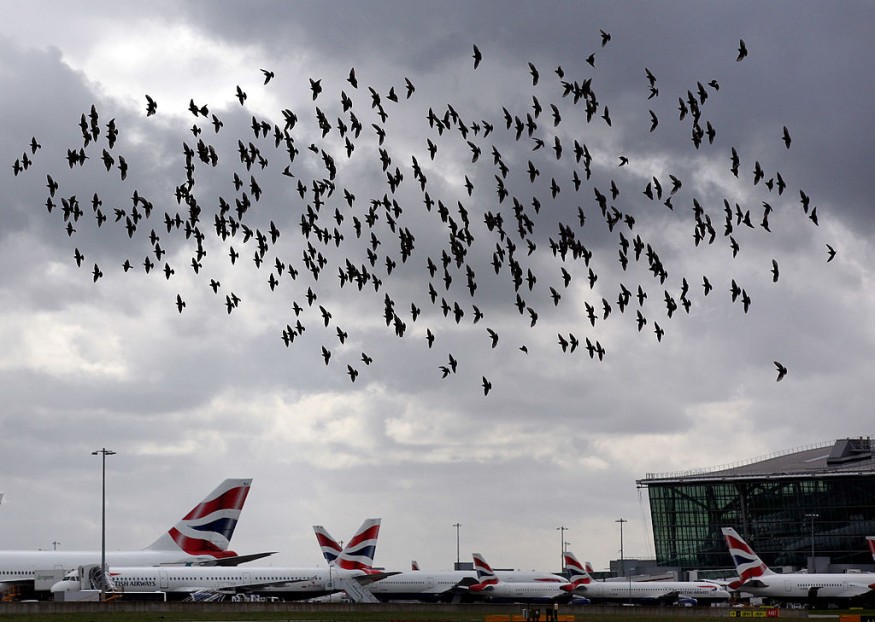A bird strike forced an American Airlines flight bound for Phoenix, Arizona, to return to Columbus, Ohio, after one of its two engines caught fire following the collision with a flock of geese, according to local reports. The incident occurred during the weekend when the plane was in route to Phoenix Sky Harbor International Airport from Ohio's John Glenn Columbus International Airport.
Bird strikes are common across the United States, putting multiple flights at risk. Since the dawn of aviation, bird collisions are attributed to hundreds of deaths in U.S. history. These incidents are prevalent during bird migration seasons. Experts say airports near the coastal area are susceptible from encountering large flock of birds.
One of the most well-known incidents of this nature was US Airways Flight 1549, also called as "Miracle on the Hudson," wherein a bird strike that resulted in both plane engine failure forced its pilot to land on the Hudson River in New York. While there were reports of multiple injuries, no fatalities were recorded during the incident.
Ohio Airport Bird Strike

The American Airlines flight on Sunday morning, April 23, was forced to return to the Ohio airport and landed safely following the bird strike, NBC News reported.
The said plane model was a Boeing 737-800 which had a total of 173 passengers and crew at the time of the incident. Videos that appeared on social media showed the engine also caught fire.
How Common are Bird Strikes?
According to the FAA, wildlife strikes, including bird strikes, with aircraft are increasing across the U.S. and elsewhere around the world. Approximately 255,000 wildlife strikes with civil aircraft were recorded in the country between 1990 and 2021.
Based on the agency's Wildlife Strike Database, around 15,400 bird strikes at 708 U.S. airports occurred in 2021. In addition, 4,6000 strikes were reported by U.S. Air Carriers at foreign airports between 1990 and 2021. During this period, there were about 190 strikes at 76 airports in 46 countries in 2021.
While the collision of birds and planes are a threat to aircraft security but also to the birds themselves, prompting airports and air transportation agencies to the matter seriously, according to the U.S. Fish & Wildlife Service (FWS).
Bird and other wildlife strike to aircraft are responsible for causing over $900 million worth of damage both to civil and military aircraft annually. Over 250 people have died worldwide as a result of wildlife strikes since 1988, the FWS says.
US Airways Flight 1549
It was January 2009 when Captain Chesley "Sully" Sullenberger was piloting US Airways Flight 1549 from LaGuardia Airport in New York City to the cities of Charlotte and Seattle when all of a sudden, his plane lost both engines following a bird strike.
The incident involved a flock of geese which were sucked into the plane's engines. The damage would still depend on the size of the flock.
© 2025 NatureWorldNews.com All rights reserved. Do not reproduce without permission.





